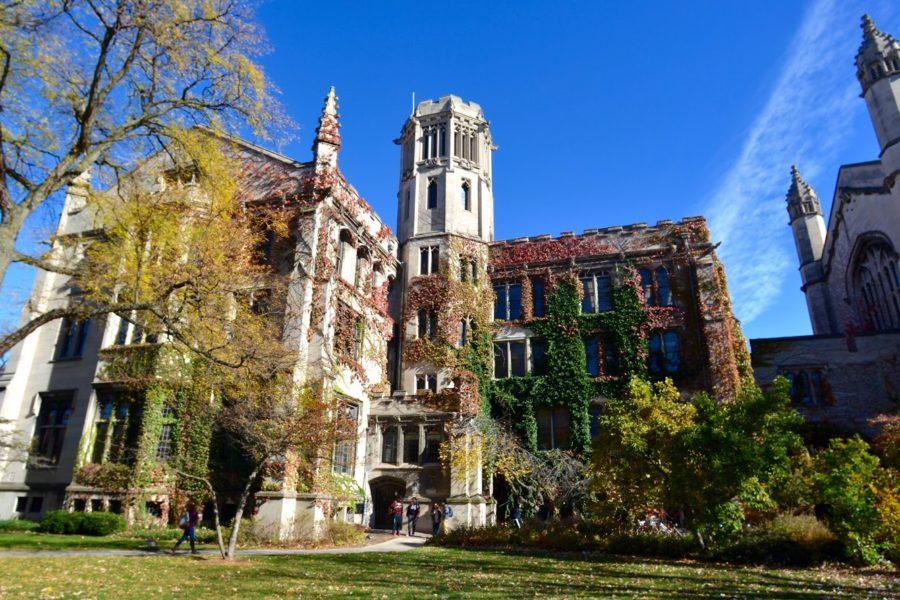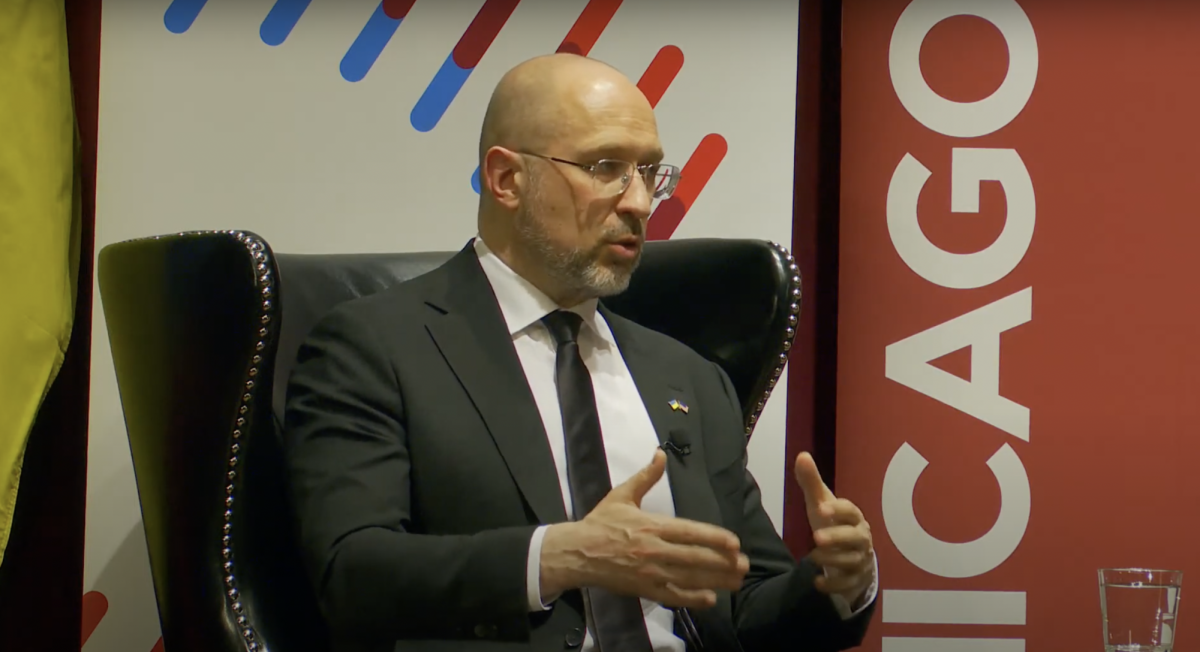A recently discovered 125 million-year-old fossil may shed new light on early mammalian evolutionary history, including the origins of human hair. Zhe-Xi Luo, a UChicago professor of organismal biology and anatomy, coauthored a recent study in Nature that analyzed the specimen.
The fossil, named Spinolestes xenarthrosus for its tiny hedgehog-like spines, dates back to the Cretaceous period. The specimen is remarkably well preserved, and includes intact guard hairs, underfur, tiny spines, soft tissues of the liver, lung, and diaphragm, and an external earlobe.
Discovered at the Las Hoyas fossil site in Spain in 2011, Spinolestes xenarthrosus has since been jointly studied by Luo, professor Thomas Martin from the University of Bonn, and professor Angela Buscalioni from the Autonomous University of Madrid.
Luo’s interest in the Spinolestes fossil stems from his previous work with similar fossils in Eastern Asia.
“You can imagine, for larger mammalian biogeography, Eurasia might as well [be] one piece of real estate…The Spanish colleagues are interested in how the Spanish fossil is actually comparable or correlated to the fossils from Eastern Asia. So we did a study on where the Spinolestes will fit on the overall mammalian family tree,” Luo said.
Luo believes the fossil is unique because it provides the earliest record of mammalian hair embryogenesis that matches modern hair growth patterns. While the majority of fossils preserve the furs of mammals or the feathers of dinosaurs by compressing them into the sediment, this process only leaves traces of the tissue, while the original organic structure disappears.
The Spinolestes, on the other hand, came from a phosphatized preservation, in which the microstructure of soft tissue became mineralized, preserving unique microscopic details about the mammal’s hairs.
Luo said the Spinolestes helps biologists form an understanding of how functional adaptation and ecological specialization explain mammalian diversification over time.
“We have this fundamental understanding… [of how] endless forms of life [are] so beautiful…that is how biodiversity came about. We are familiar with mammalian skins and mammalian hairs, but also understand that skin and hairs have other structures, so there is a diversity of spectacular and very interesting features. But how did they grow? Did they grow in the same fashion in early fossils or not?” Luo said.
Outside of his research, Luo is also the faculty advisor of the undergraduate PaleoClub, an organization that began in his Mammalian Evolutionary Biology class last fall.
“Dr. Luo’s research on early mammalian evolution is deeply fascinating. Dr. Luo emphasizes that the evolution of characteristics unique to mammals can be traced back millions of years in the fossil record. That we can see our beginnings in these ancient fossils is a component of paleomammology which deeply resonates with people,” Maria Viteri, an undergraduate leader of the PaleoClub, said.









